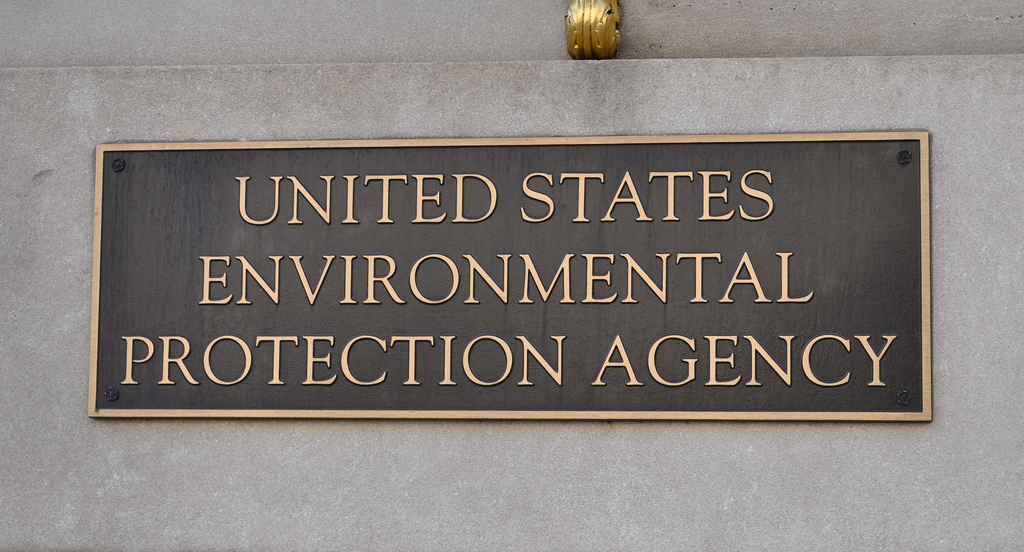
UPDATE: The public comment period closed on February 12, 2020. Clean Water Action members submitted more than 15,000 letters and emails asking EPA to do more to protect our water and communities from lead.
The U.S. Environmental Protection Agency (EPA) has proposed long-awaited revisions to the Lead and Copper Rule (LCR). The LCR is a National Primary Drinking Water Regulation under the Safe Drinking Water Act (SDWA). Its purpose is to reduce lead and copper at the tap in drinking water provided by regulated Public Water Systems. This is the first part in a series. Read part 2 here and Part 3 here.
Issue 1 - Getting the Lead Out: EPA Should Articulate a Vision for Eliminating the Largest Source of Lead in Water
Lead service lines are the pipes that deliver water from the large water main to the building. Where lead service lines are present, they are the largest source of lead in tap water1. While water chemistry and treatment play a role in whether lead leaches from pipes and fixtures, removing sources of lead in contact with water is the best way to reduce lead at the tap. EPA missed an opportunity to articulate a vision and put in place requirements to get lead out of drinking water distribution systems. Fully replacing all lead service lines over time is an ambitious undertaking. Nevertheless, momentum toward this goal is greater than ever as indicated by water system activities, state policy developments, Congressional interest, and EPA’s own proposal.
Water Systems and Communities are Taking Action: Water systems across the country have fully replaced lead services or are in the process of implementing plans to do so or are considering putting programs in place. EPA references several of these in the proposal. For example, in discussion of the importance of an accurate inventory, EPA cites Madison Wisconsin’s federalism letter to EPA on LCR revisions to note that an accurate inventory allows a water system to incorporate full replacement of lead service lines into its ongoing infrastructure improvement work2. Madison’s replacement efforts were part of a full replacement plan that has largely been completed3.
States are taking action: States are also putting policies in place that will ultimately support full replacement. For example, Illinois, Michigan and Ohio all require inventories of lead service lines. Michigan’s revised LCR is the only one in the country to date that requires full lead service line replacement within 20 years4. New Jersey and Washington have also committed to fully replacing all lead service lines in their states5.
Congress recognizes the need to replace lead service lines: The U.S. Congress has also recognized the importance of addressing lead service lines. In its proposal, EPA references the 2018 America’s Water Infrastructure Act (AWIA) requirement that EPA include the costs of full replacement in the next Drinking Water Infrastructure Needs Survey to support proposed requirements for water systems to inventory lead in the distribution system6. This AWIA provision also supports a vision of full replacement of lead service lines by including the cost of replacing the whole line, regardless of whether it lies under public or private property, in the analysis of the nation’s drinking water infrastructure needs.
EPA recognizes the importance of replacing lead service lines: EPA’s own proposed revisions signal throughout that full lead service line replacement is a desirable goal that is achievable. EPA proposes that within 3 years, water systems prepare lead service line replacement plans that include a wide range of details that would be involved in planning for full replacement, including a replacement rate developed in consultation with the State, plans for notifying customers, procedures for filter provision and post-replacement flushing, and a funding strategy. While EPA’s proposal envisions these plans being used in the event replacements are done in the event of elevated lead levels, they suggest that EPA has determined that all systems with lead service lines or service lines of unknown composition are able to develop such plans. Indeed the exercise could lead water systems to determine that executing these plans over time until all lead service lines are replaced is more within reach than previously thought. Yet, EPA stops short of putting a requirement in place.
In Strategies to Achieve Full Lead Service Line Replacement, an EPA document published to support the proposed LCR revisions, EPA notes that “LSLR programs can be structured in ways to overcome potential legal, financial, and practical challenges related to full LSLR7.” The document offers solutions to critical replacement program issues around legal issues and financing.
EPA should require full lead service line replacement: In numerous ways, EPA’s proposed LCR revisions suggest that fully replacing lead service lines is an appropriate goal and is achievable. Yet, EPA stops short of articulating a vision of drinking water distribution systems without lead service lines. Using lead service lines — a practice that began over 100 years ago — was a bad choice and it’s time to correct it. EPA should make the right choice now and require all lead service lines to be replaced
Foot notes
2. 84 Federal Register, p. 61698
3. https://www.cityofmadison.com/water/water-quality/water-quality-testing/lead-copper-in-water



